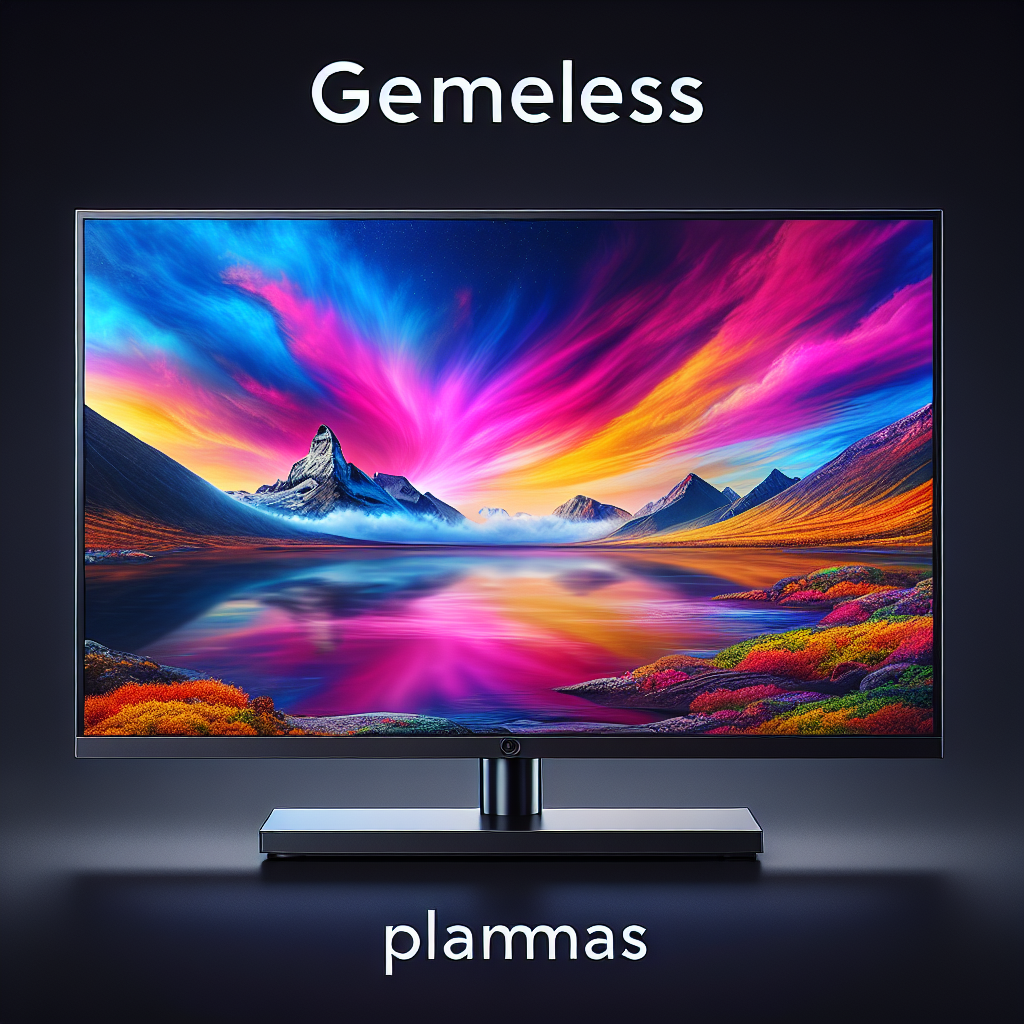What is a frameless plasma monitor?
Introduction to Frameless Plasma Monitors
A frameless plasma monitor is a cutting-edge display device that boasts a sleek, modern design without the traditional bezels that frame most screens. The term ‘frameless’ refers to the virtually invisible borders that surround the screen, providing a more immersive viewing experience. This article takes an in-depth look at what a frameless plasma monitor is, covering its technology, benefits, key features, and comparisons with other display types.
Components and Technology
Plasma monitors function by illuminating small cells of ionized gas (plasma) between two layers of glass. Each cell acts like a tiny fluorescent lamp, emitting light when electrically charged. The absence of a visible frame is achieved by extending the screen to the very edge of the glass panel.
| Component | Function |
|---|---|
| Plasma Cells | Emit light to form the image |
| Glass Layers | Encapsulate plasma cells |
| Driver Electronics | Control the voltage and image processing |
Benefits of Frameless Plasma Monitors
The frameless design offers several advantages over traditional monitors:
- Enhanced Aesthetics: The sleek, modern look complements any environment.
- Better Multi-Monitor Setup: Multiple screens can be placed side-by-side with minimal gaps, enhancing the viewing experience.
- Immersive Viewing: The absence of distracting borders creates a more engaging and expansive display area.
- Space-Saving: The design can save desk space and offers a cleaner look.
Key Features of Frameless Plasma Monitors
Frameless plasma monitors come with a range of features designed to enhance usability and performance:
High Resolution
These monitors typically offer high resolution, often reaching 4K UHD (3840×2160 pixels), ensuring crisper and clearer images.
Wide Color Gamut
They provide a wide color gamut, delivering more accurate and vibrant colors, which is ideal for both entertainment and professional use.
Fast Refresh Rates
Frameless plasma monitors often support higher refresh rates, reducing motion blur and providing smoother visuals, especially useful in gaming and video playback.
Multiple Connectivity Options
These displays come equipped with various ports such as HDMI, USB, and DisplayPort, ensuring compatibility with a wide range of devices.
Comparison With Other Display Types
Understanding how frameless plasma monitors compare with other types of displays can help in making an informed decision:
LCD Monitors
While LCD monitors use liquid crystals and LED backlighting, plasma monitors use ionized gas, resulting in deeper blacks and better contrast. However, LCDs tend to be lighter and more energy-efficient.
LED Monitors
LED monitors are a subtype of LCDs that use LEDs for backlighting. They offer better energy efficiency but may lack the deep blacks and color richness of plasma screens.
OLED Monitors
OLEDs, or Organic Light Emitting Diodes, are known for their exceptional color and contrast. They can be more expensive than plasma monitors and are usually seen in high-end devices.
Why Choose a Frameless Plasma Monitor?
Opting for a frameless plasma monitor is ideal for those seeking a blend of aesthetics and high performance. Its design is perfect for a clean and modern setup, whether for gaming, professional work, or entertainment. The immersive experience, coupled with superior color accuracy and contrast, sets it apart from many other display types.
Conclusion
In summary, a frameless plasma monitor is an excellent choice for anyone looking to upgrade their visual experience. With its modern design, superior image quality, and a host of advanced features, it stands out in the crowded field of display options. Whether for a multi-monitor setup or a single, elegant display, these monitors provide both style and substance.

